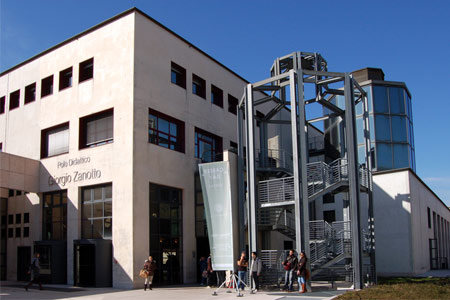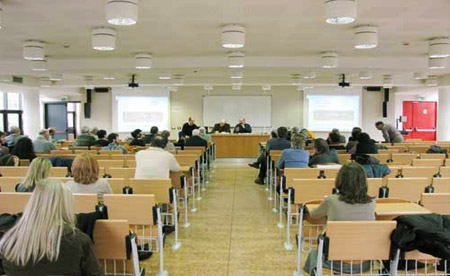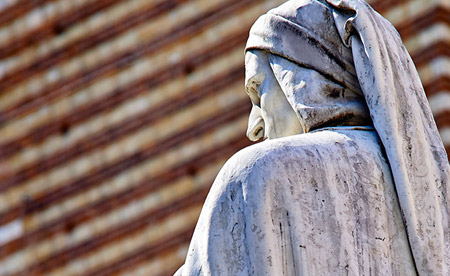Privutopia: A study of privacy in utopian thought
This project’s aim is to explore and understand the changing conception of privacy during the early modern period, c. 1516 to 1750 in utopian texts, paratexts, maps and images.
Privacy is commonly considered a modern phenomenon associated with life in the bourgeois home, a space supposedly free of the political exigencies of the ‘public sphere' (Habermas). However, while we may imagine that the people of premodern Europe lived in crowded homes and had no privacy, we know that the private/public distinction has a long history in European thought. The absence of privacy, along with the abolition of private property are estrangement effects of Thomas More’s Utopia, first published in 1516. Although it must be assumed that privacy in sixteenth-century England was understood differently from today, Utopia shows it existed.
Utopian sources are chosen because utopianism is an influential tradition of social criticism which focuses on relations between individuals and society as a whole. Although utopias are sometimes derided as a form of political fantasy or escapism, they are important, not only for inspiring political change and revolutionary thought. The many works of social critique and satire written in emulation of More’s Utopia give explicit form to social and political conceptions such as those concerning privacy and the private. They do so by presenting a radically contrasting visualization of a non-existent society for readers’ imaginative experience. Through these means utopian sources offer an important record of how people in the past conceived of privacy in the context of social relations.
Primary sources include Thomas More, Utopia (1516), Anton Francesco Doni, Mondo Savio e Pazzo (1562), Tommaso Campanella, La Città del Sole (1601), Margaret Cavendish, The Description of a New World, Called The Blazing-World (1666), Denis Vairasse, Histoire des Sévarambes (1675–79), and Hendrik Smeeks, Beschryvinge van het magtig Koningryk Krinke Kesmes (1708).
An interdisciplinary methodology is adopted combining slow reading approaches in literary criticism, historical privacy studies, book history and paratextual studies, along with digital humanities tools.
The main objectives are:
-
To identify spatial thresholds of privacy in the sources, according to Mette Birkedal Bruun’s six heuristic zones of privacy, with the aid of digital humanities tools;
-
To explore the meaning of these conceptions of privacy in historical context using slow reading and secondary sources;
-
To investigate how paratexts of the sources (e.g. frontispieces, prefaces, illustrations and handwritten notes) convey notions of privacy through the presentation of the authors’ works to readers.







